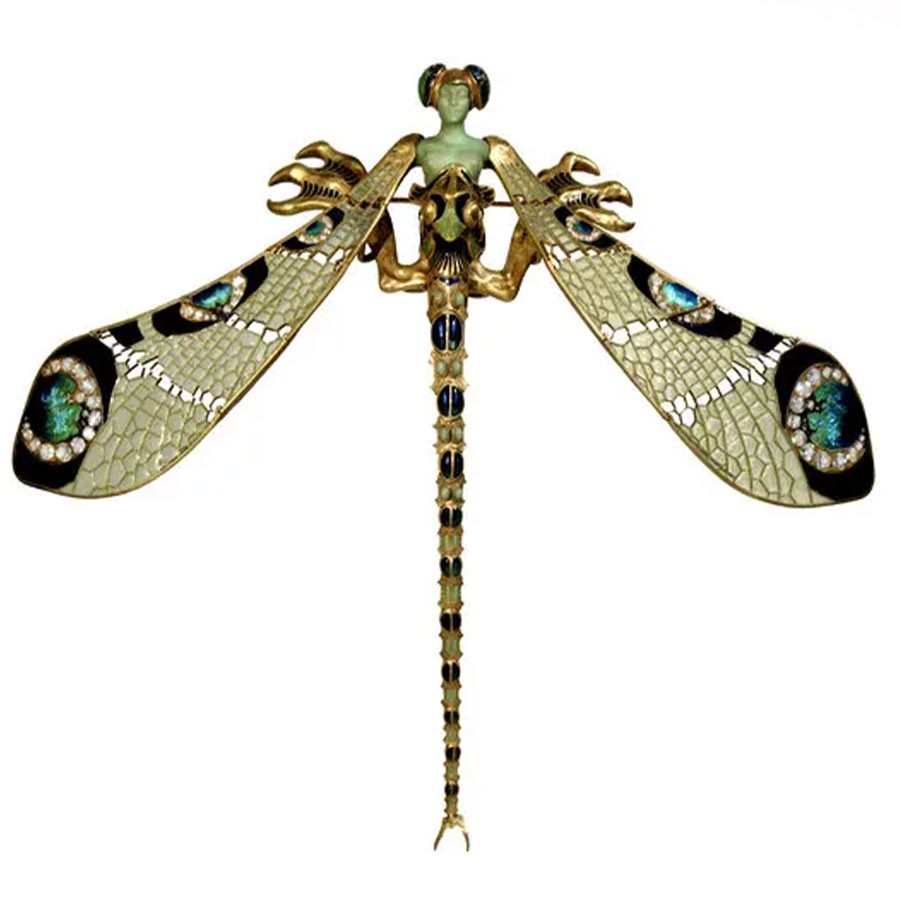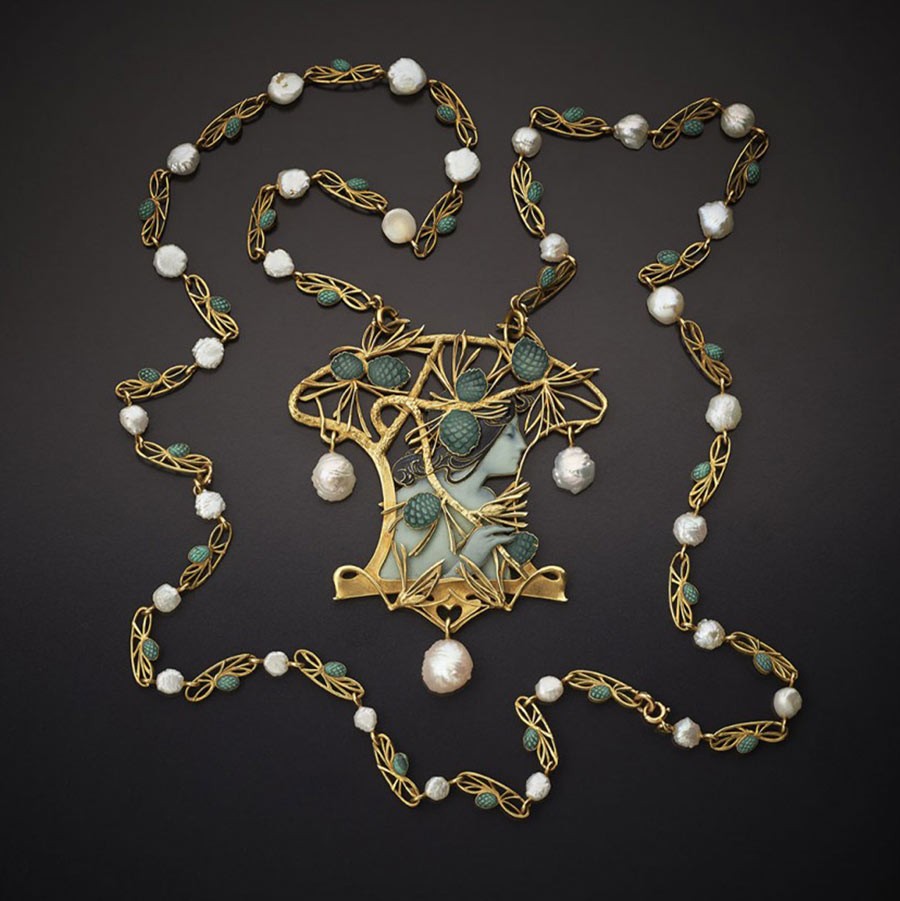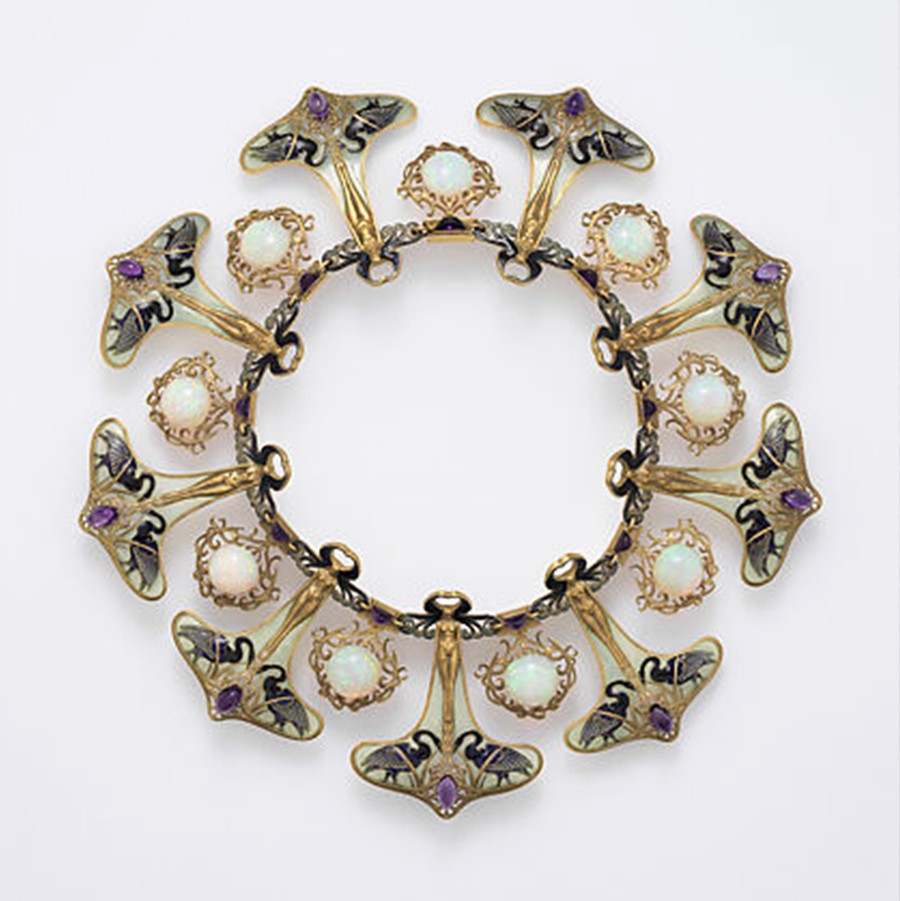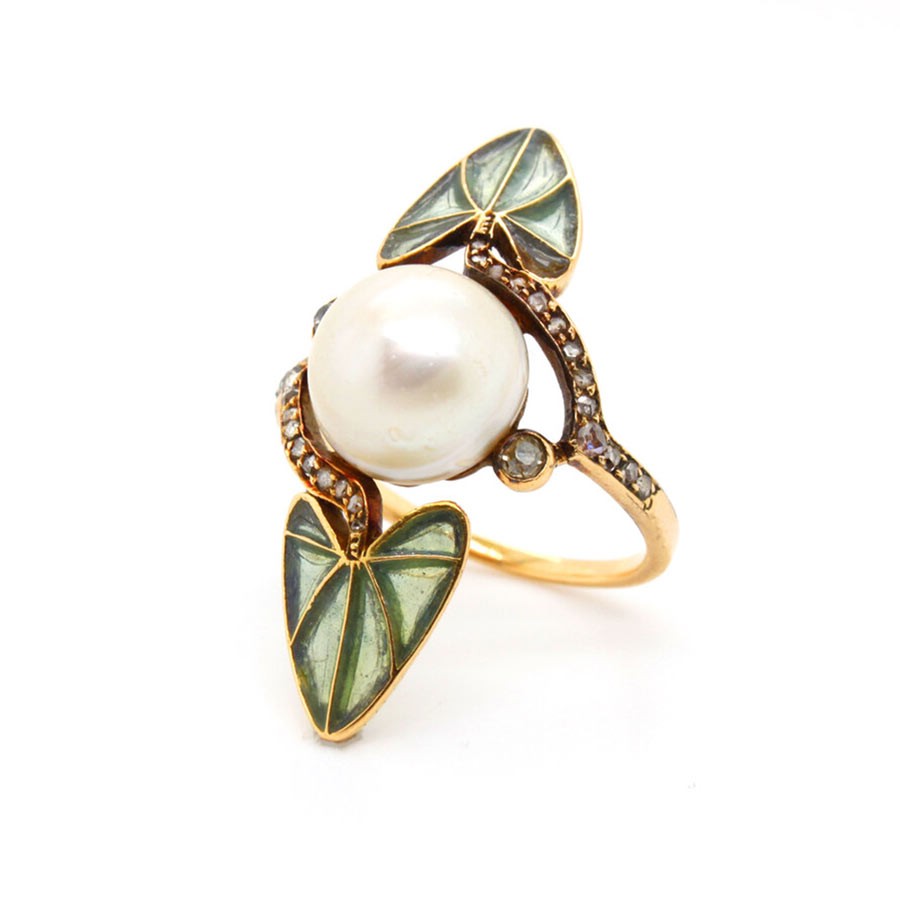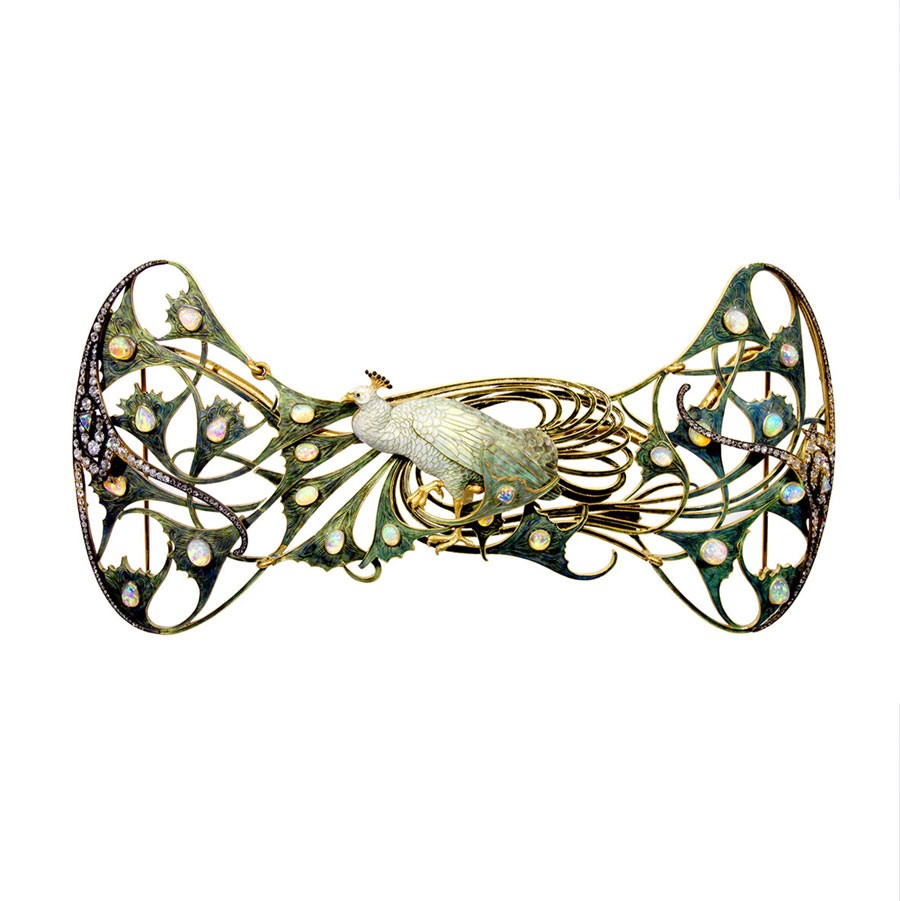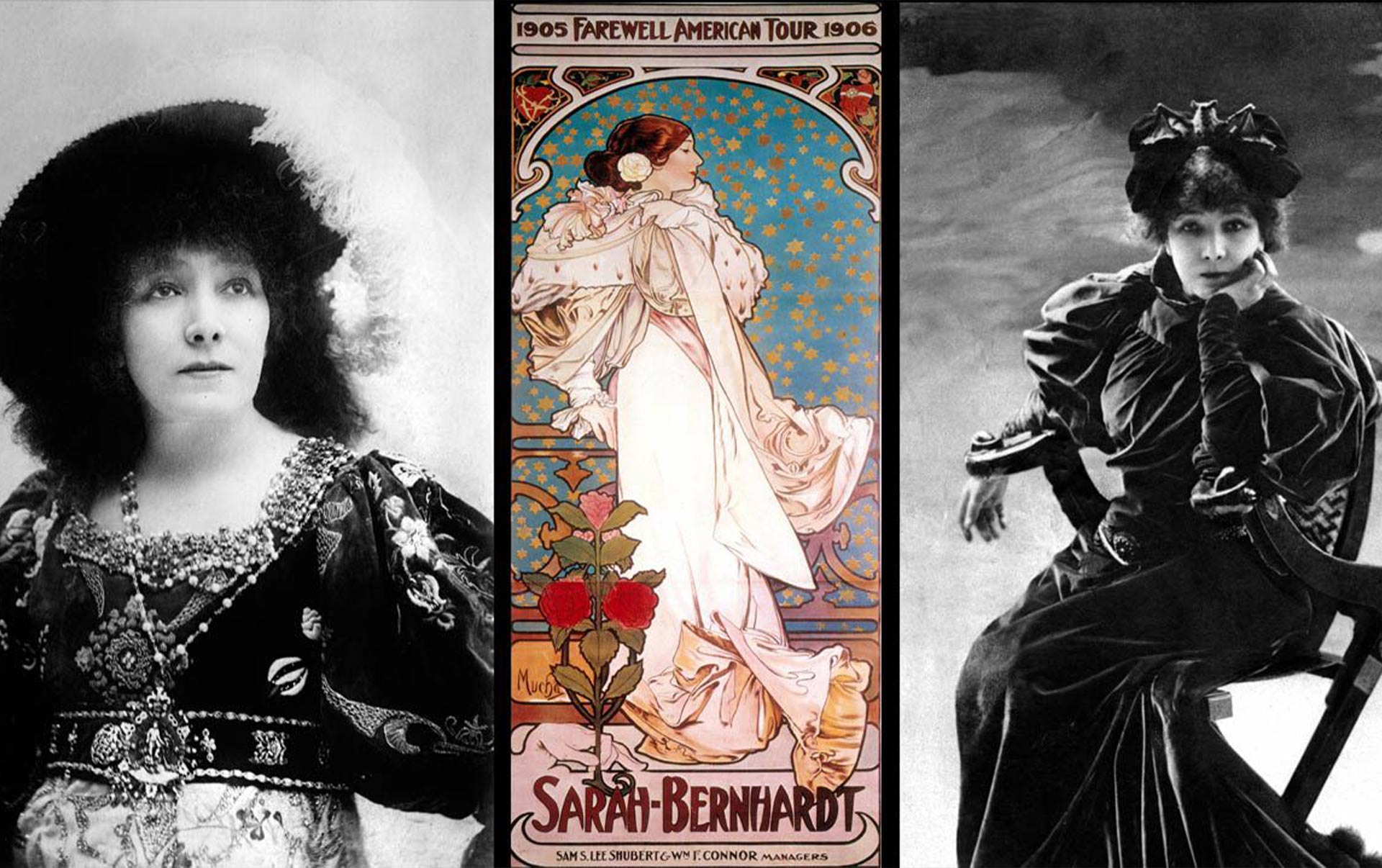Liberty-style Jewelry and the Birth of Jewel Design
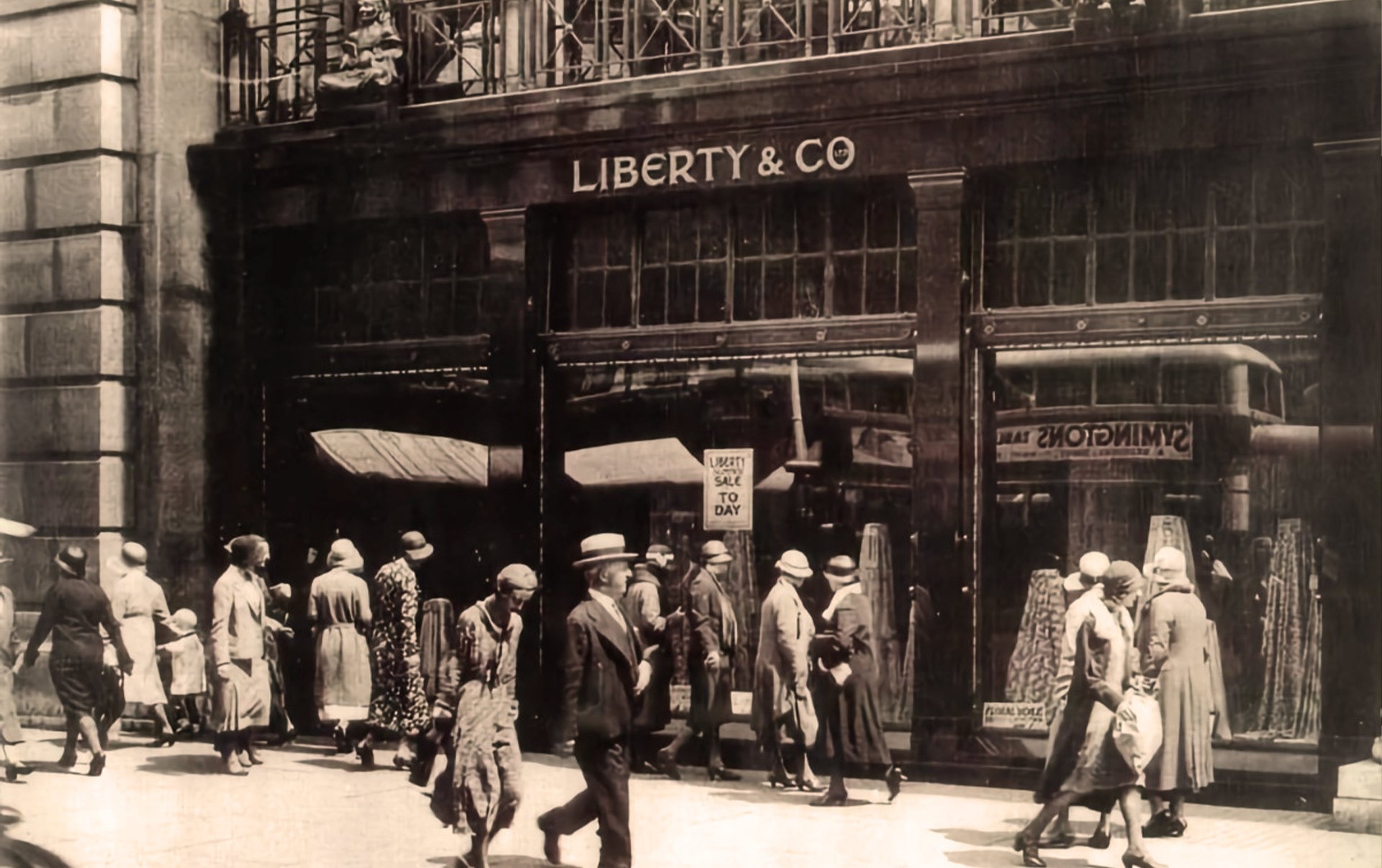
Liberty-style jewelry, or floral-style jewelry, is the name that Art Nouveau jewelry took in Italy, marking a fundamental moment in the history of modern goldsmithing. For the first time, jewelry was considered a work of art created by a designer. It all began in France between the end of the 1800s and the first decade of the 1900s, when the artistic and cultural movement called Art Nouveau was born.
From “New Art” to “Liberty Style”
Art Nouveau, meaning “new art,” is the name this artistic movement took in France, which positioned itself as a new interpretation of the concept of art. Its origin traces back to the English “Arts and Crafts” movement, which opposed mass industrial production and instead supported the value of craftsmanship. The Art Nouveau movement proposed a return to nature, exalting its vital force, in contrast to existence marked by the rhythms of industrialization.
This new artistic style soon spread throughout Europe, taking different names: Jugendstil (“young style”) in Germany, modernismo in Spain, floral style in Italy, where it later became Liberty style. The definition derives from the name of a London shop, Liberty & Co., specialized in selling fabrics and ornamental objects from the Far East, which were very popular with supporters of “new art.” The Liberty store participated in 1902 in the International Exhibition of Modern Decorative Art in Turin and in Italy became synonymous with the new artistic movement.
In our country as well, as in the rest of Europe, the new style influenced all arts, from painting to architecture, to applied arts, and particularly jewelry making. Art Nouveau or Liberty-style jewelry became famous especially through the work of a French jeweler, René Lalique.
The Art of René Lalique, the “Father of Modern Jewelry Making”
Art Nouveau marked a radical transformation in jewelry creation. The main protagonist of this evolution was René Lalique, who became famous in Paris for his mastery in working glass, metals, enamels, and precious stones.
Lalique, a jeweler’s apprentice at 16, after a few years began designing jewelry for various famous houses, including Cartier and Boucheron. His fame was consolidated in 1900, when, at the International Exhibition of Paris, one of his jewels was displayed, a dragonfly-shaped brooch, which was worn by actress Sarah Bernhardt during one of her performances. The brooch is now displayed in the Lalique collection of the Calouste Gulbenkian Museum in Lisbon.
The jewel represented the body of a dragonfly that ended with the naked bust of a woman, from whose shoulders extended two large wings; both the bust and the wings were mobile and therefore followed the movements of the person wearing the brooch. This jewel, in addition to being inspired by themes typical of Art Nouveau (nature and femininity), thus showed all of Lalique’s art in design and execution.
A fundamental element in Liberty-style jewelry was indeed the importance attributed to the jeweler’s skills, who thus becomes a true designer, rather than to the intrinsic value of the materials used. Lalique himself used both gold, gems, and precious stones, as well as glass and less precious materials, such as horn, focusing mainly on the originality of jewelry design and on refined execution techniques. Also for this reason René Lalique was defined “the father of modern jewelry making.”
Nature, Sensuality, and Exoticism in Liberty-style Jewelry
The reference to nature is found in these jewels both in the subjects represented and in the forms. Floral themes recur, such as roses, orchids, irises, lilies, but also fauna, especially dragonflies, swans, butterflies, bees, peacocks, and even serpents: as can be seen, delicate and ethereal subjects with curved, soft, and sinuous forms were preferred.
Similarly, another recurring theme was femininity, inspired by Renaissance models and represented outside the aesthetic canons prevailing until then. The female body was also considered a work of art of nature and artists exalted its sensuality and elegance, depicting in their works women’s bodies with long hair and delicate features. Other protagonists were mythological women, such as fairies, nymphs, and sirens. Ample space was also given to suggestions from the Far East and Japanese art, also an expression of a passion for aestheticism and formal perfection.
The most common Liberty-style jewelry pieces were necklaces, brooches, pendants, diadems, and hair combs, all characterized by curved lines and even complex forms, but always elegant and never excessive. As we have seen, semi-precious stones were often used, such as mother-of-pearl, turquoise, opal, combined with glass and enamels.
Among the techniques, plique-à-jour deserves mention, a very complex enamel work, similar to that of stained glass, which allowed replicating many natural details with a transparency effect, such as flower petals and dragonfly and butterfly wings.
